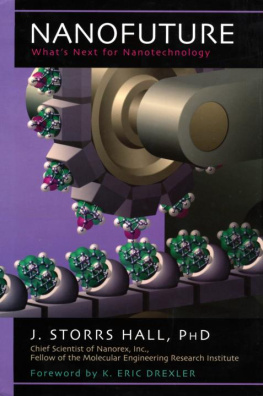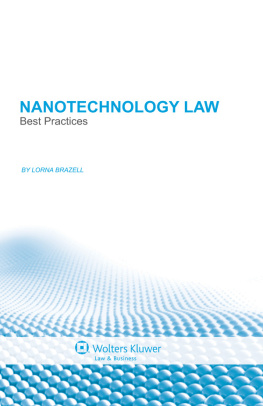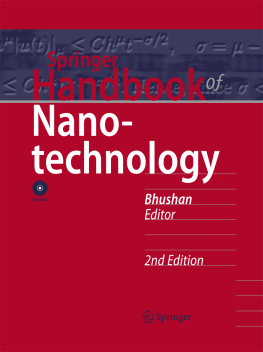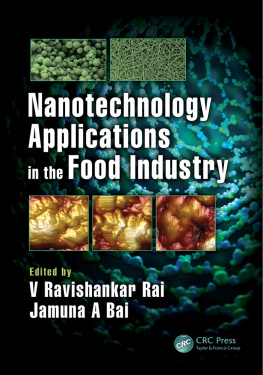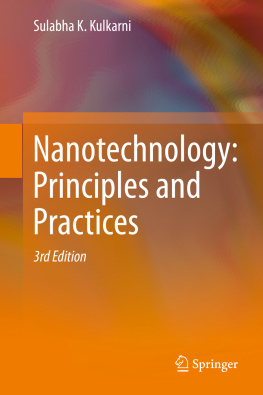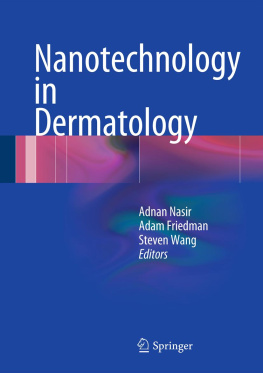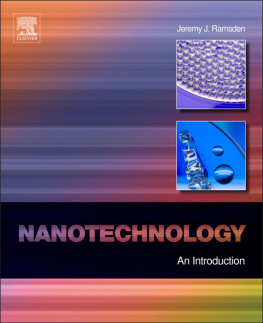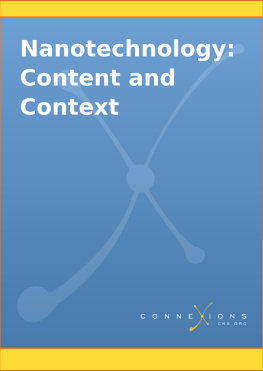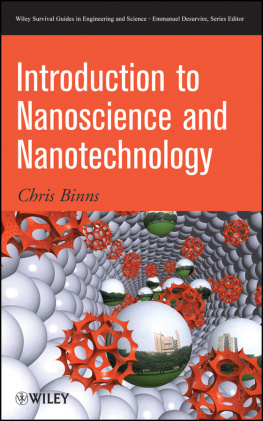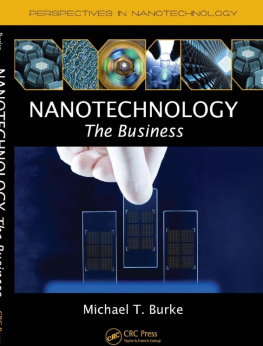Devasena T. - Nanotechnology-COVID-19 Interface
Here you can read online Devasena T. - Nanotechnology-COVID-19 Interface full text of the book (entire story) in english for free. Download pdf and epub, get meaning, cover and reviews about this ebook. year: 2021, publisher: Springer Singapore, genre: Romance novel. Description of the work, (preface) as well as reviews are available. Best literature library LitArk.com created for fans of good reading and offers a wide selection of genres:
Romance novel
Science fiction
Adventure
Detective
Science
History
Home and family
Prose
Art
Politics
Computer
Non-fiction
Religion
Business
Children
Humor
Choose a favorite category and find really read worthwhile books. Enjoy immersion in the world of imagination, feel the emotions of the characters or learn something new for yourself, make an fascinating discovery.
- Book:Nanotechnology-COVID-19 Interface
- Author:
- Publisher:Springer Singapore
- Genre:
- Year:2021
- Rating:4 / 5
- Favourites:Add to favourites
- Your mark:
- 80
- 1
- 2
- 3
- 4
- 5
Nanotechnology-COVID-19 Interface: summary, description and annotation
We offer to read an annotation, description, summary or preface (depends on what the author of the book "Nanotechnology-COVID-19 Interface" wrote himself). If you haven't found the necessary information about the book — write in the comments, we will try to find it.
Nanotechnology-COVID-19 Interface — read online for free the complete book (whole text) full work
Below is the text of the book, divided by pages. System saving the place of the last page read, allows you to conveniently read the book "Nanotechnology-COVID-19 Interface" online for free, without having to search again every time where you left off. Put a bookmark, and you can go to the page where you finished reading at any time.
Font size:
Interval:
Bookmark:
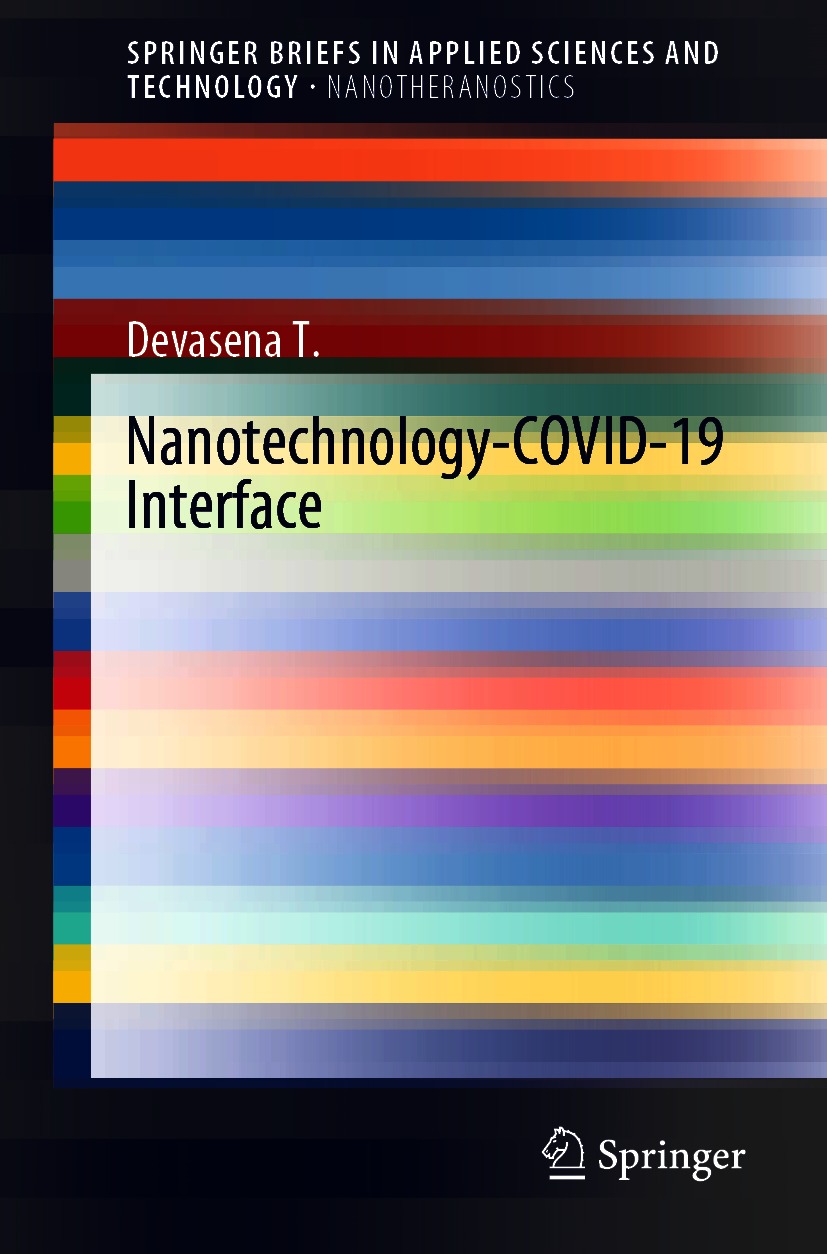
More information about this subseries at http://www.springer.com/series/13040 SpringerBriefs present concise summaries of cutting-edge research and practical applications across a wide spectrum of fields. Featuring compact volumes of 50 to 125 pages, the series covers a range of content from professional to academic.
Typical publications can be:
A timely report of state-of-the art methods
An introduction to or a manual for the application of mathematical or computer techniques
A bridge between new research results, as published in journal articles
A snapshot of a hot or emerging topic
An in-depth case study
A presentation of core concepts that students must understand in order to make independent contributions
SpringerBriefs are characterized by fast, global electronic dissemination, standard publishing contracts, standardized manuscript preparation and formatting guidelines, and expedited production schedules.
On the one hand,SpringerBriefs in Applied Sciences and Technology are devoted to the publication of fundamentals and applications within the different classical engineering disciplines as well as in interdisciplinary fields that recently emerged between these areas. On the other hand, as the boundary separating fundamental research and applied technology is more and more dissolving, this series is particularly open to trans-disciplinary topics between fundamental science and engineering.
Indexed by EI-Compendex, SCOPUS and Springerlink.

This Springer imprint is published by the registered company Springer Nature Singapore Pte Ltd.
The registered company address is: 152 Beach Road, #21-01/04 Gateway East, Singapore 189721, Singapore
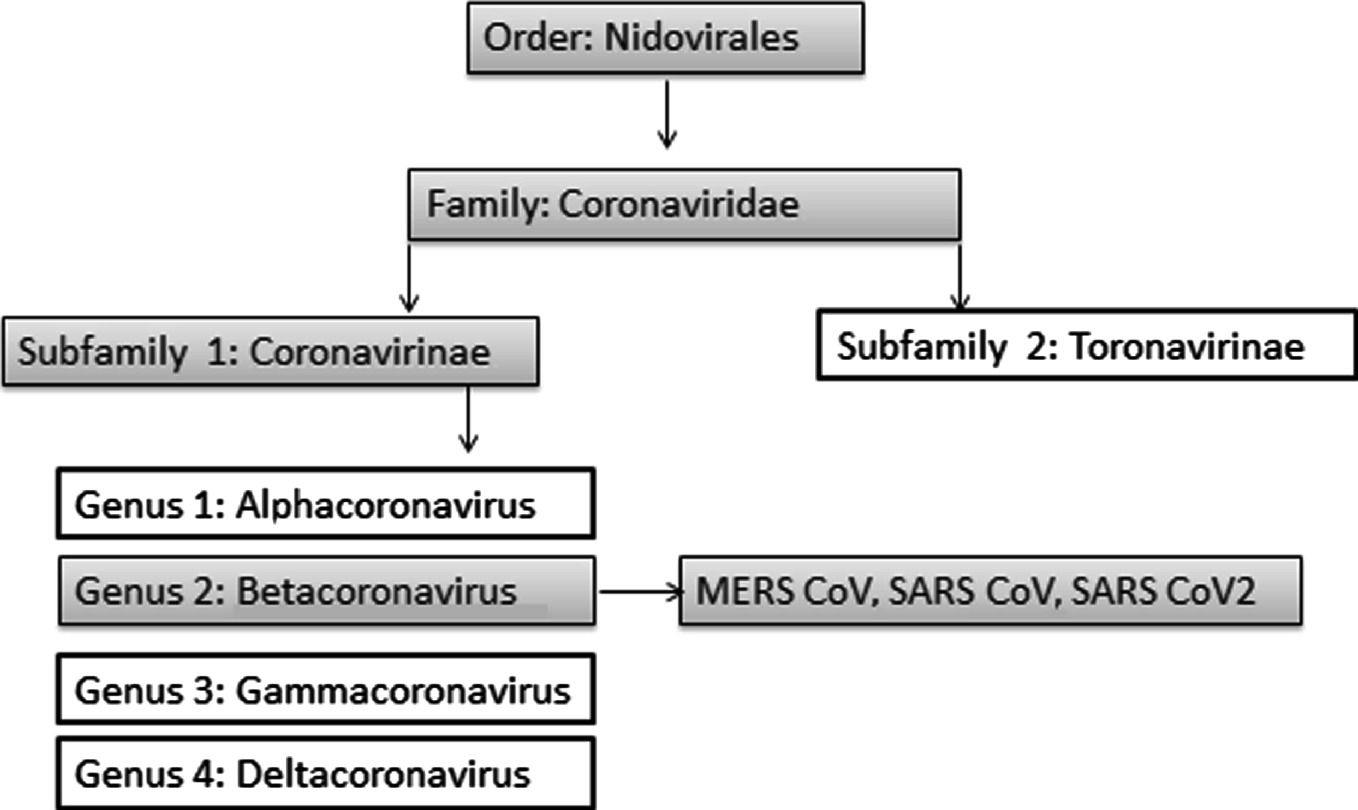
Taxonomical hierarchy of coronaviruses. The way of SARS CoV2 is shaded. (Legend: The SARS CoV2 belongs to the order Nidovirales, family Coronaviridae, subfamily Coronavirinae and genus Betacoronavirus)
The severe acute respiratory syndrome (SARS) outbreak caused by the SARS CoV was first identified in the Guangdong Province of Southern China during 20022003, which killed approximately 900 people. The pandemic spread rapidly to around 25 countries with flu-like symptoms including malaise, myalgia, headache, diarrhea, shivering (rigors), fever, headache and respiratory problems such as cough and shortness of breath. SARS CoV was thought to be an animal virus, perhaps of bat origin, that spread to other animals (civet cats) and first infected humans in 2002.
SARS CoV transmission was peaked during second week after infection. However, in countries like Toronto in Canada, Hong Kong, China, Chinese Taipei, Singapore and Hanoi, there was a considerable transmission while China was considered as the potential zone of SARS CoV2 reemergence. In this peak period, viral titer was reported to be higher in respiratory secretions leading to clinical deterioration. After 2003, no areas of the world reported natural transmission of SARS. But, SARS was reported to spread again from laboratory accidents in Singapore and Chinese Taipei and once in southern China where the source of infection is anonymous. However, appropriate non-pharmaceutical intervention played a vital role in ending that global outbreak. Later, the SARS CoV was classified as a member of A-lineage beta coronavirus, and the genome was sequenced (Rota et al. ).
Font size:
Interval:
Bookmark:
Similar books «Nanotechnology-COVID-19 Interface»
Look at similar books to Nanotechnology-COVID-19 Interface. We have selected literature similar in name and meaning in the hope of providing readers with more options to find new, interesting, not yet read works.
Discussion, reviews of the book Nanotechnology-COVID-19 Interface and just readers' own opinions. Leave your comments, write what you think about the work, its meaning or the main characters. Specify what exactly you liked and what you didn't like, and why you think so.


